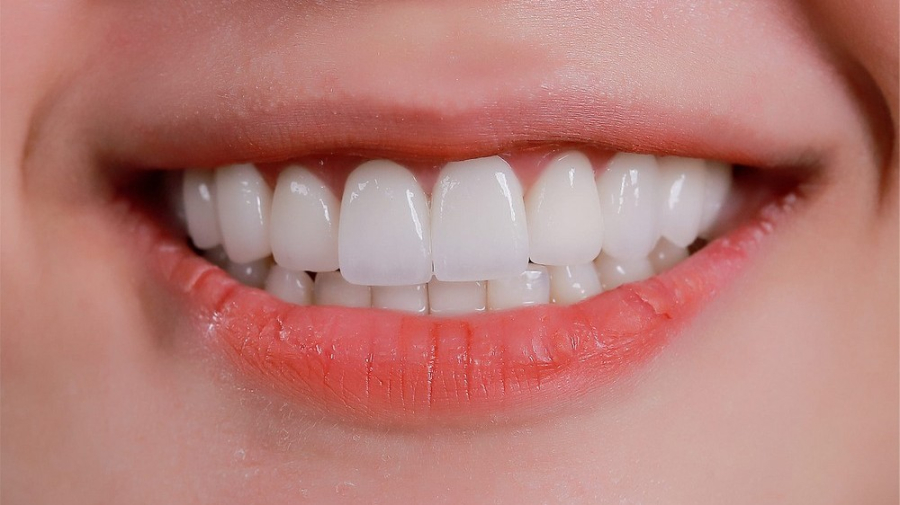What does gum bleeding indicate?
Leukemia: Leukemia is a type of cancer that affects the blood and bone marrow, leading to a decrease in red blood cells and platelets, resulting in internal bleeding. Consequently, patients may experience frequent gum bleeding, along with unusual bruising on the skin, fatigue, and an increased susceptibility to infections and fungal diseases.
If you notice these symptoms, it is crucial to consult a doctor and undergo necessary tests. Early detection and treatment of leukemia can significantly improve a patient’s chances of long-term survival.

Frequent Gum Bleeding
Dental Issues:
Gingivitis: Gingivitis is an inflammation of the gums caused primarily by poor oral hygiene. It creates an environment conducive to plaque and tartar buildup, which irritates the gums and teeth roots. Symptoms of gingivitis include light or dark red gums, plaque or tartar accumulation, swollen or enlarged gums, loose gum tissue, spontaneous gum bleeding, and halitosis (bad breath).
Periodontitis: Periodontitis is an inflammatory disease that affects the periodontium, the specialized tissues that support teeth and hold them in place. It is often a result of untreated gingivitis and can lead to tooth loss. Periodontitis causes the gums to recede, forming pockets between the teeth and gums, which can become infected. As a consequence, the teeth may become loose, and gum bleeding is common.

Gum Bleeding: What Does It Mean?
Dental Abscess: A dental abscess is a pocket of pus caused by a bacterial infection in the teeth or gums. It often occurs due to untreated tooth decay or a broken tooth, allowing bacteria to enter the deeper layers of the teeth and gums. Symptoms of a dental abscess include severe toothache, swollen gums that bleed easily, fever, and facial swelling. If left untreated, these infections can become severe and require immediate medical attention.

































